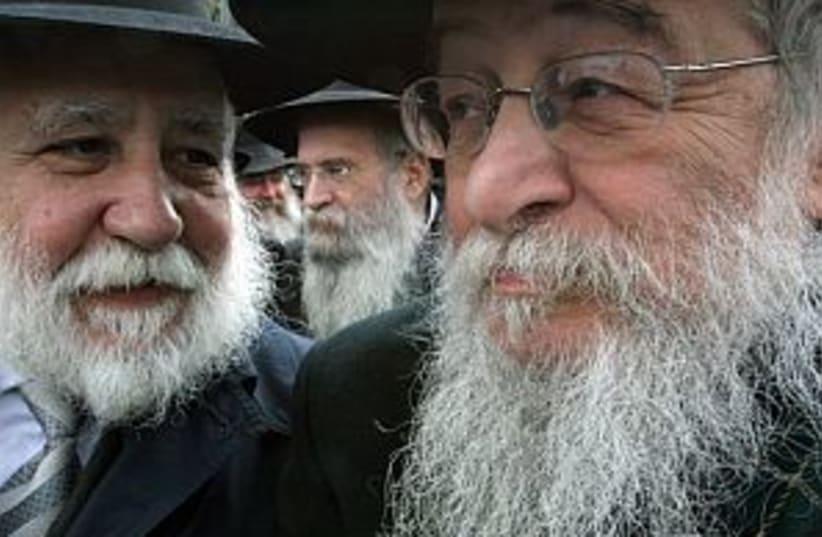| More about: | Rosh Hashanah, Long Island, Manhattan, Borough Park, Brooklyn |
To Chabad, every Jew counts
Finding common ground with a Jew distant from observance isn't easy.


| More about: | Rosh Hashanah, Long Island, Manhattan, Borough Park, Brooklyn |